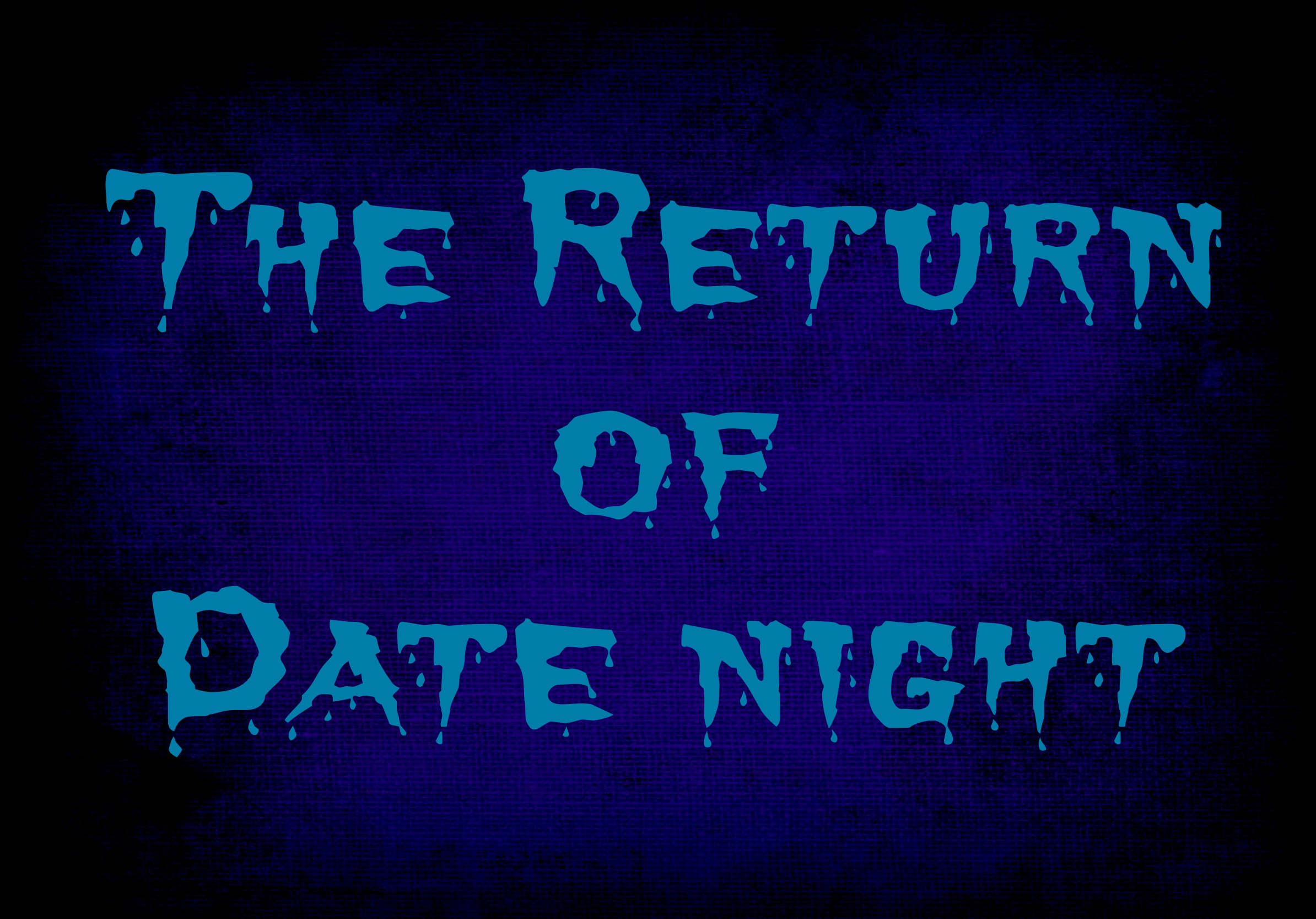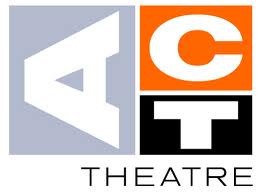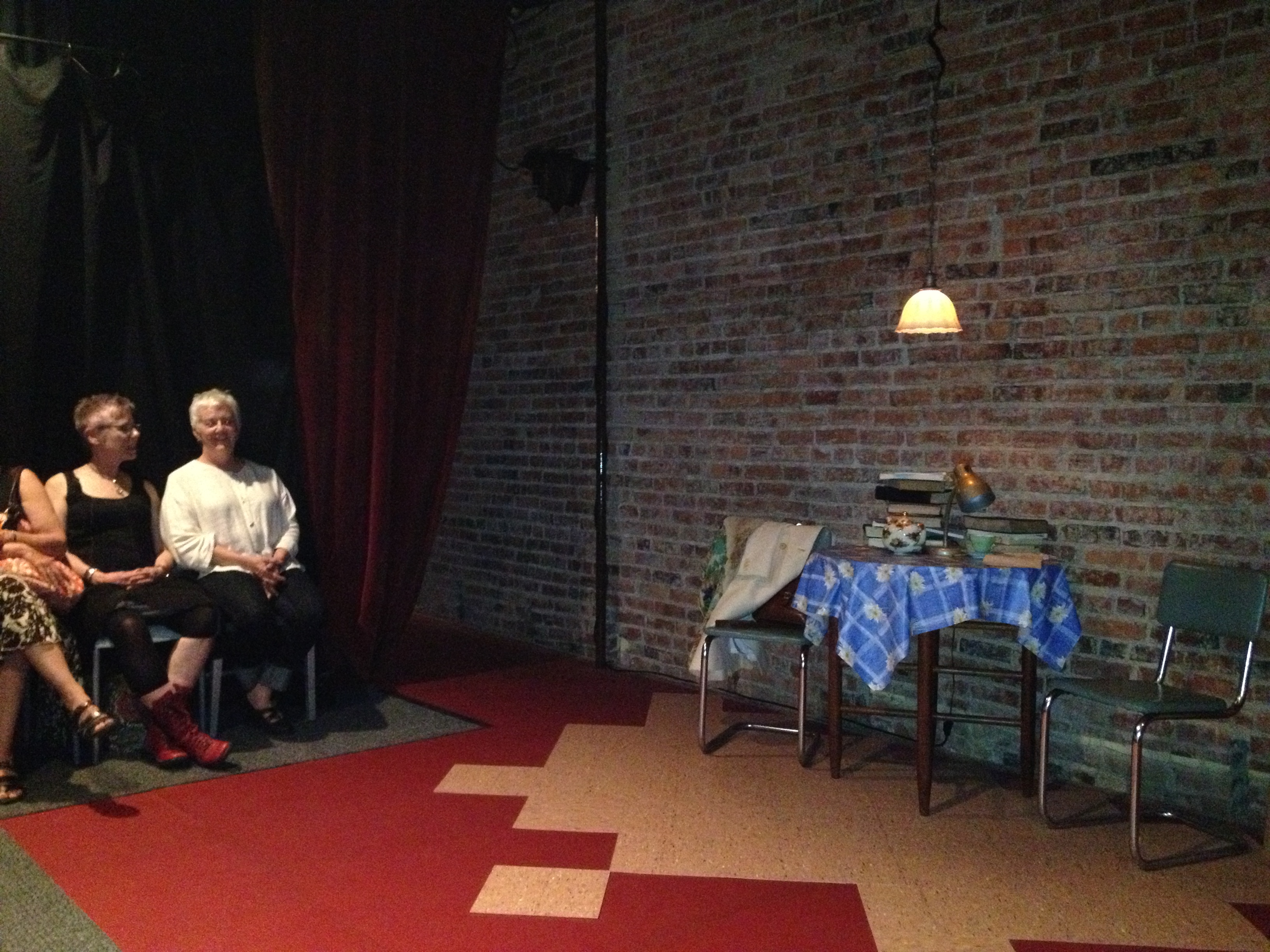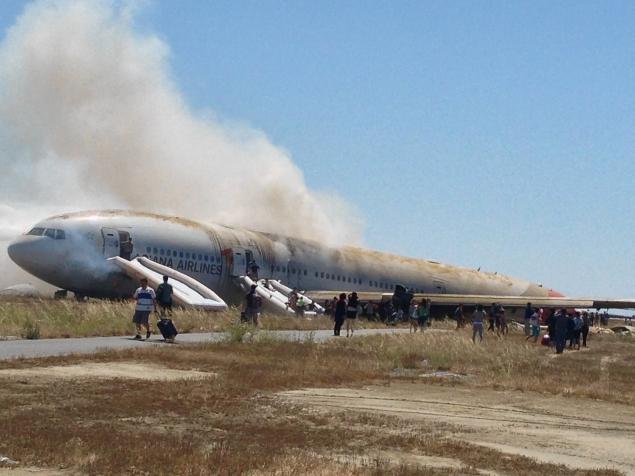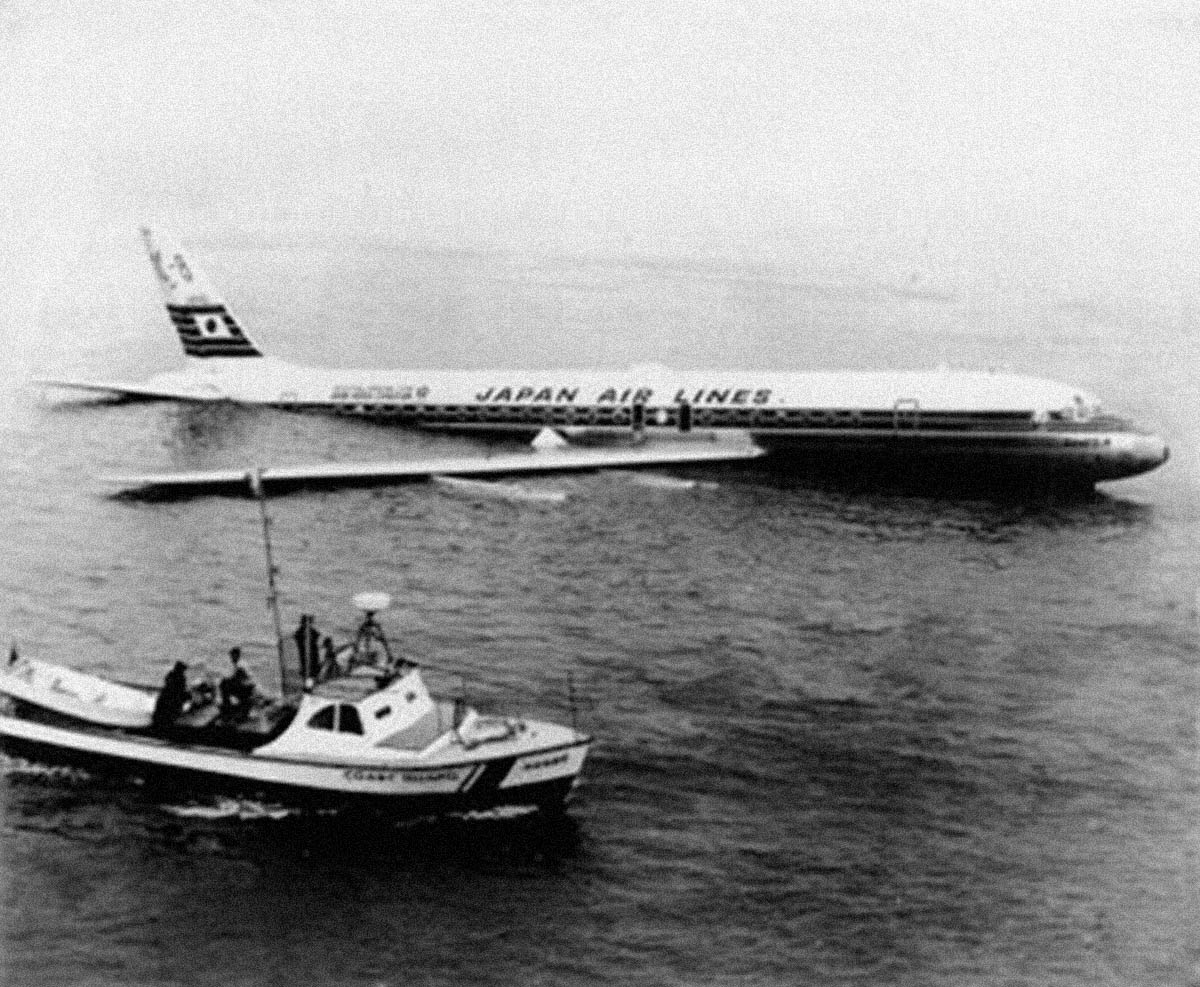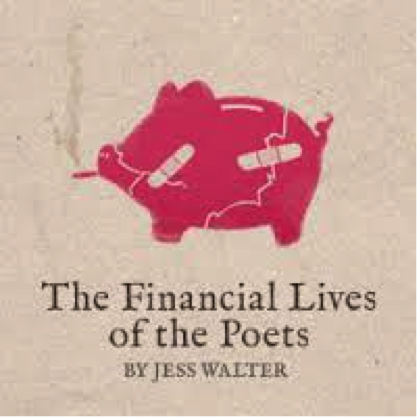 I’m rereading A Moveable Feast, Hemingway’s unfinished memoir about the Paris years that was completed by his son, Jack, and published posthumously in 1964. The writing is so easy going and effortless that it doesn’t seem like “literature” at all. The famous Hemingway style – short, simple, declarative sentences – is there, but the tone is relaxed, intimate, and conversational. It feels like he is sharing with the reader on a personal level – his favorite restaurants, the café where he writes, the one where he meets friends (they are different), the wine he drinks, the bookstore with the lending library, his apartment, walks along the river, skiing in the Voralborg, and family life.
I’m rereading A Moveable Feast, Hemingway’s unfinished memoir about the Paris years that was completed by his son, Jack, and published posthumously in 1964. The writing is so easy going and effortless that it doesn’t seem like “literature” at all. The famous Hemingway style – short, simple, declarative sentences – is there, but the tone is relaxed, intimate, and conversational. It feels like he is sharing with the reader on a personal level – his favorite restaurants, the café where he writes, the one where he meets friends (they are different), the wine he drinks, the bookstore with the lending library, his apartment, walks along the river, skiing in the Voralborg, and family life.
The memoir gives us an insider’s view of the Lost Generation’s Paris, but the most personal and interesting sequences, for me, are the descriptions of his father-son interactions with Bumby.
 Bumby is what Ernest and Hadley called their son, Jack, and those pieces are personally interesting because Jack and I were friends for 20 years. I can’t say I knew him well, but we shared meals, drank coffee, and played tennis together. I knew his first wife, Puck, his three daughters, and his second wife, Angela. In fact, he and Angela ate dinner at Piccolo, my little Italian restaurant in Ketchum, two nights before they got married. His daughter, Mariel, by then a big time movie star, confided to me that she had a big crush on my son, Brent, in middle school. Unfortunately, she didn’t reveal that to either one of us until 20 years later.
Bumby is what Ernest and Hadley called their son, Jack, and those pieces are personally interesting because Jack and I were friends for 20 years. I can’t say I knew him well, but we shared meals, drank coffee, and played tennis together. I knew his first wife, Puck, his three daughters, and his second wife, Angela. In fact, he and Angela ate dinner at Piccolo, my little Italian restaurant in Ketchum, two nights before they got married. His daughter, Mariel, by then a big time movie star, confided to me that she had a big crush on my son, Brent, in middle school. Unfortunately, she didn’t reveal that to either one of us until 20 years later.
I met Jack in 1973. Everett “Woody” Wood, a mutual friend, introduced us. It was six degrees of separation. Jack and Woody had Dartmouth in common and Woody and I were Pan Am pilots together in Berlin. When Woody retired from Pan Am he moved to Ketchum where Jack and I were both living. The stars were aligned and an introduction was made. Woody loved Jack, but Woody also loved good books and the celebrity connection, once removed, from Ernest. Woody was part of the Greatest Generation and born at a time when officers were gentlemen and it wasn’t unusual to have an Ivy educated Pan Am pilot. He fancied himself a New England aristocrat and affected a courtly and formal style – all bogus as far as I could tell – but he was a charmer, a good story teller, an old school snob, a bit of a drunk – and a friend.
 Jack, on the other hand, was anything but a snob. He liked everyone and treated them all with respect. I have rarely met anyone with a more positive and even temperament. When we first met he told me that his first year in Ketchum he fished 365 days and loved every one of them. Ironically, in spite of my interest in contemporary lit, I never talked to him about his father or his growing up as the child of the most famous American author of the 20th century. That wasn’t our connection. I didn’t know until yesterday, that he, himself, had parachuted into France as an OSS operative in 1944 with his fly fishing gear as cover for spying behind the German lines. Nevertheless, in spite of his fluent French he was found out, wounded, and spent the last months of the war as a POW.
Jack, on the other hand, was anything but a snob. He liked everyone and treated them all with respect. I have rarely met anyone with a more positive and even temperament. When we first met he told me that his first year in Ketchum he fished 365 days and loved every one of them. Ironically, in spite of my interest in contemporary lit, I never talked to him about his father or his growing up as the child of the most famous American author of the 20th century. That wasn’t our connection. I didn’t know until yesterday, that he, himself, had parachuted into France as an OSS operative in 1944 with his fly fishing gear as cover for spying behind the German lines. Nevertheless, in spite of his fluent French he was found out, wounded, and spent the last months of the war as a POW.
In the early ‘80’s I used to see Woody at the library in Ketchum. He told me he was working on his memoirs. At the time I thought he was blowing smoke and imagined he was more interested in being a writer than actually writing anything. I don’t think that anymore. Time has given me a different perspective.
I lost track of Woody for a few years but learned later that he had migrated back to his beloved Dartmouth where he spent his last years as the manager of the Hanover Chamber of Commerce’s tourist booth. It seemed both sad and suitable. Pan Am pilots don’t have a great track record as savvy investors and Woody must have made some bad choices along the way. Nevertheless, I think he was a happy camper in Hanover. His character and self-esteem were tied to the college and I hope he kept working on those memoirs.
It’s ironic that, except for finances, my situation is not much different than Woody’s was post-retirement. I love books and aspire to being an accomplished writer. I think he did too. I spent years thinking about it, but was too lazy to do the heavy lifting. I’m committed now and it feels more important to work at it than it does to get it published. Process versus product. There is great satisfaction in sitting down each day and grinding away at the blog, journal notes, and some short story drafts. I hope Woody felt the same way.
In A Moveable Feast Ernest says, “I always worked until I had something done and I always stopped when I knew what was going to happen next. That way I could be sure of going on the next day.” But sometimes when he was starting a new story and could not get it going he would stand by the window of his flat looking out over the rooftops of Paris and tell himself, “Do not worry. You have always written before and you will write now. All you have to do is write one true sentence. Write the truest sentence that you know.” And he did. I aspire to the same – one true sentence and then one more…
I can’t write about Hemingway and Paris without at least acknowledging Woody Allen’s Midnight in Paris – every writer’s fantasy of inhabiting the same time and space as Hemingway, Fitzgerald, Picasso, Gertrude Stein, Dali, Eliot, Cole Porter, etc. I wasn’t there, but the thread of connection is: my grad school advisor, Kay Boyle, a prolific and highly underrated writer, lived in Paris from 1923 to 1943 and knew them all. If only I could time travel with Gil Pender. Maybe the one true sentence would come more easily.
Ernest Hemingway died in Ketchum in 1961.
Everett “Woody” Wood died in Hanover in 1995.
Jack Hemingway died in New York City in 2000.
R.I.P.






